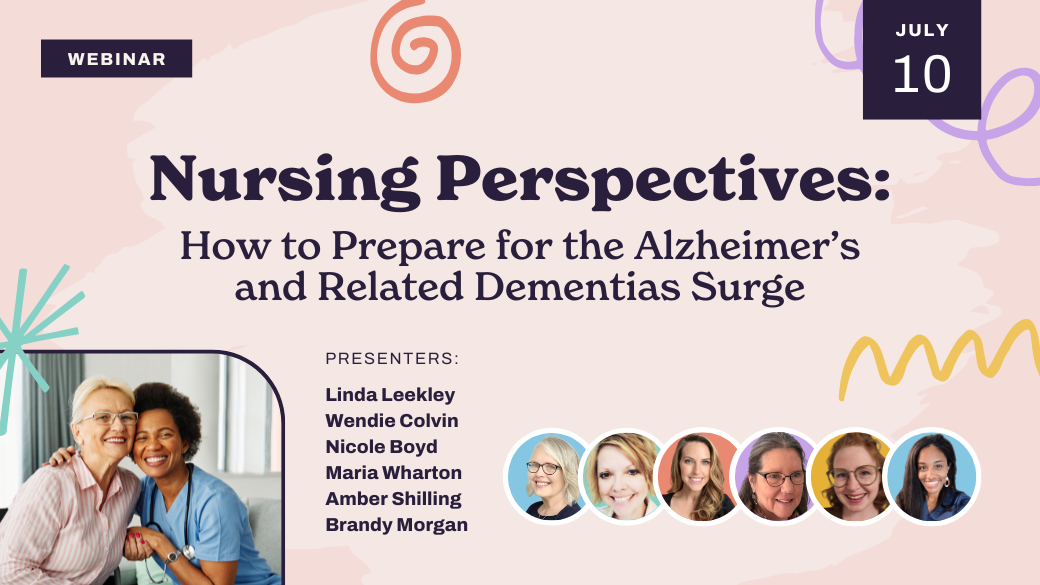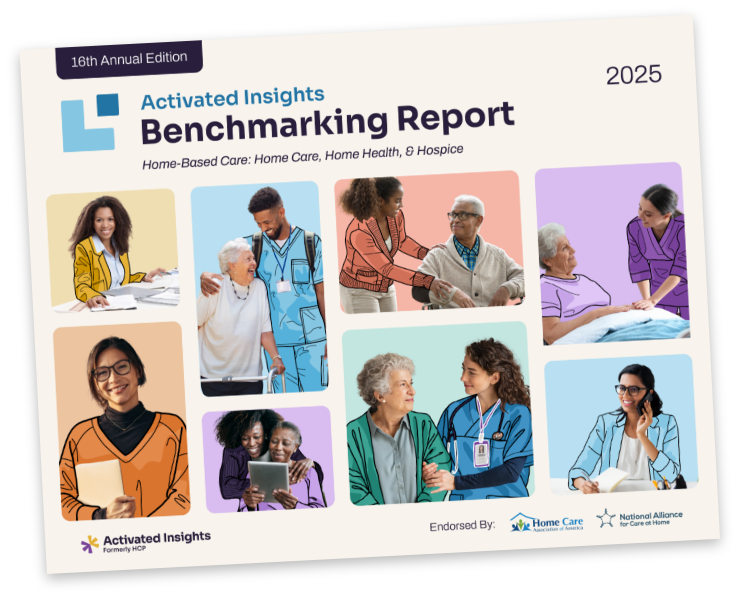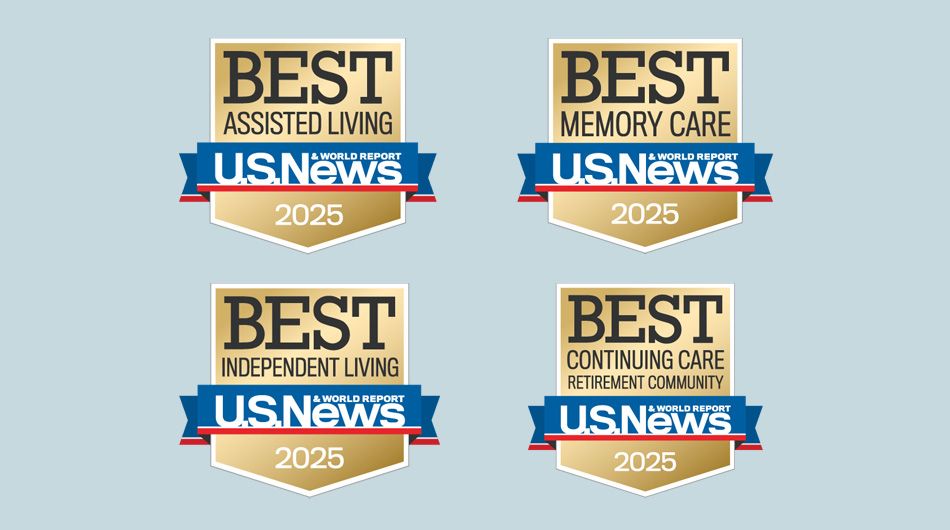As the family to caregiver ratio is poised to drop from 7:1 today to 3:1 in 2050, how will home-based care providers address the widening chasm between diminishing family caregivers and an exponential increase in the older population, as well as the other demographics served by home care, as we approach 2050?
Note: This article was originally published in the 2024 Activated Insights Benchmarking Report.
We are at a pivotal moment in our industry. The family to caregiver ratio is poised to drop from 7:1 today to 3:1 in 2050. Individuals over the age of 65 will grow from 56 million (2020) to 84 million in 2050, while those over the age of 85 will grow from 7 million (2020) to 19 million in 2050.
At the Home Care Association of America (HCAOA), we are intensely focused on this key question—how will we address the widening chasm between diminishing family caregivers and an exponential increase in the older population, as well as the other demographics served by home care, as we approach 2050?
Part of the reason for this coming challenge is due to advances in modern medicine and a focus on healthier lifestyles, which as a result, have increased the average U.S. life expectancy dramatically. People are living longer than ever before. In fact, America will soon have more older people than young. By 2040, nearly 81 million people in the U.S. will be 65 years or older, compared with 77 million under the age of 18. We also know that someone turning 65 today has nearly a 70% chance of needing long-term care and support, likely for five or more years, and Baby Boomers want this type of care at home! A 2018 AARP survey showed that three out of four adults ages 50 and older want to stay in their own homes and communities as they age.
3 Step Plan to Advocate for In-Home Care
How can we respond to the staggering number of people who want to stay in their homes, particularly as we approach the year 2050?
Start by implementing these 3 strategies:
“More data will help us better understand important trends and enhance our ability to tell the story of the value of home care.”
HCAOA’s Role in the Care Continuum
In the four years since the COVID-19 pandemic, HCAOA doubled its membership which reflects the greater emphasis and importance placed on providing care in the home and the clear preference of most individuals to receive care in the comfort of their own homes. Not only did the HCAOA membership grow as more and more home care providers realized there is strength in numbers, but the entire healthcare continuum also stood up and finally took notice of the value of care in the home, especially for older Americans at risk of worsening physical health and social isolation.
This critical growth gives us the foundation to prepare for the year 2050. In collaboration with our membership, we have strengthened our focus on building a robust workforce and providing data-driven, innovative, quality care and services at home for all, including children with complex medical conditions, people with disabilities, and, most especially, the growing population of older Americans.
About the Author
Jason Lee brings more than 20 years of experience in advocacy and nonprofit management. His background includes tenures as Chief of Staff and Senior Advisor to the President at the American Dental Education Association (ADEA) and Chief Advocacy and Strategy Officer at the Association of Fundraising Professionals (AFP). Lee holds a Juris Doctor degree from The George Washington University Law School, a Master of Arts in English Literature from Binghamton University, and a Bachelor of Arts in English Honors and Plan II Honors from The University of Texas at Austin. Visit hcaoa.org.
Related Posts











